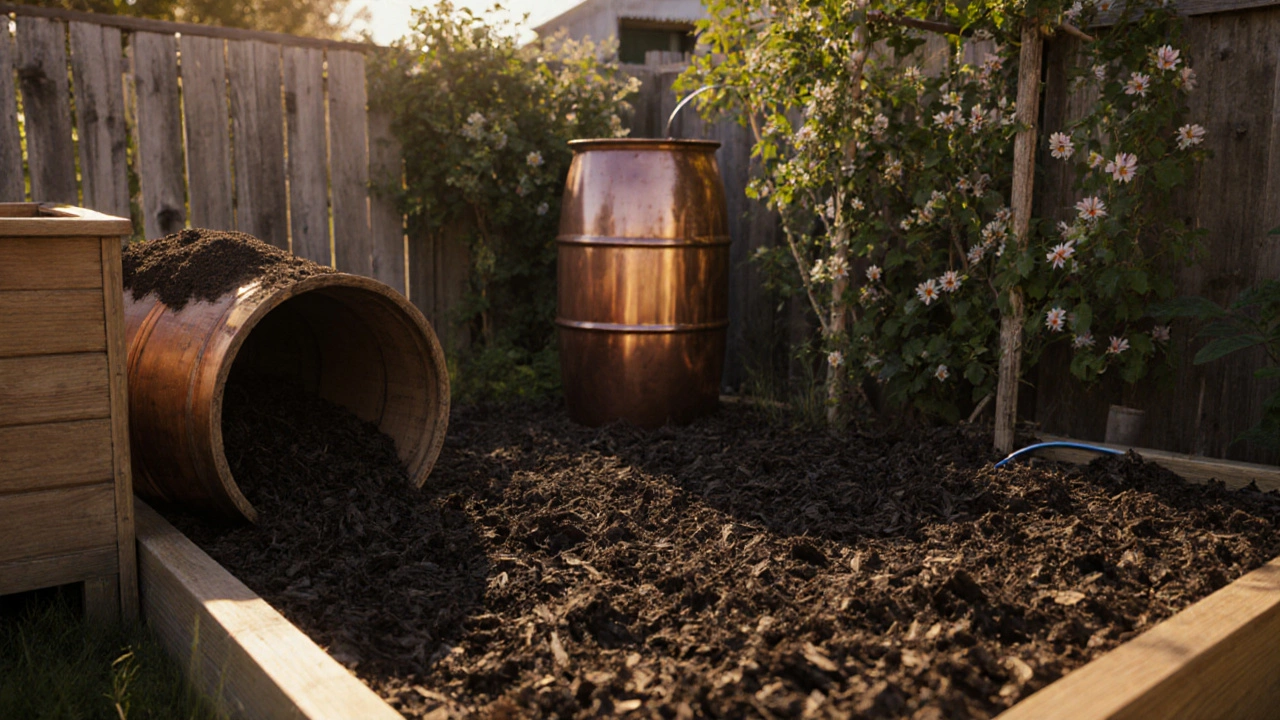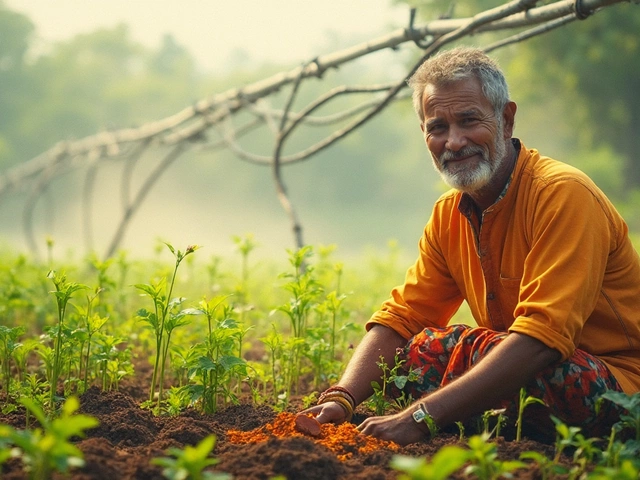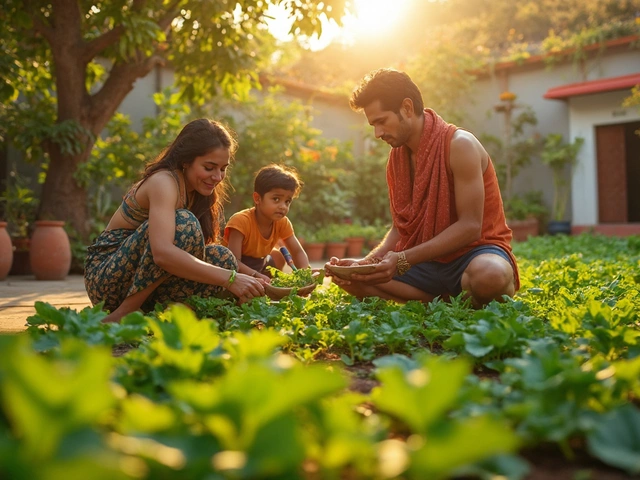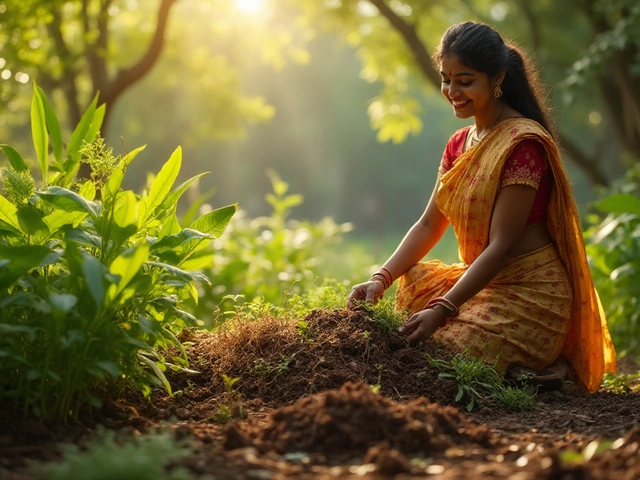When you hear the phrase Sustainable gardening is the practice of growing plants while protecting the environment, conserving resources, and building healthy soil, you might wonder if there’s another label that means the same thing.
In fact, gardeners, designers, and environmental groups use a handful of synonyms that highlight slightly different angles of the same core idea. Knowing these alternatives helps you pick the right phrase for your audience, your project, or even a quick Google search.
What Does Sustainable Gardening Really Mean?
sustainable gardening goes beyond weed control or plant selection. It asks three basic questions: Are we using water wisely? Are we keeping soil alive? And are we protecting biodiversity? If the answer is yes, you’re already on the sustainable path.
Typical practices include mulching to retain moisture, composting kitchen scraps, selecting native or drought‑tolerant varieties, and using organic fertilizers. The goal is to create a self‑supporting garden that needs fewer external inputs over time.
Common Alternative Names and Their Nuances
Below are the most frequently heard alternatives. Each term emphasizes a particular facet of the broader sustainable approach.
Regenerative gardening is a step beyond sustainability, aiming to restore soil health, increase biodiversity, and capture carbon in the ground. Think of it as giving back to the earth rather than just minimizing harm.
Eco‑friendly gardening is a more consumer‑oriented label that highlights low‑impact tools, recyclable containers, and non‑toxic pest controls. It’s the term you’ll see on product packaging.
Climate‑smart gardening is an approach that tailors planting schedules and species choices to mitigate climate change effects, such as heat waves or erratic rainfall. It’s popular in regions facing rapid climate shifts.
Organic gardening is the use of naturally derived fertilizers and pest controls, avoiding synthetic chemicals altogether. While often overlap with sustainability, organic focuses primarily on input purity.
Permaculture is a design philosophy that mimics natural ecosystems, arranging plants, water, and structures in synergistic patterns. It’s the blueprint for many regenerative projects.
Xeriscaping is a water‑saving style that relies on drought‑tolerant plants, efficient irrigation, and thoughtful soil amendments. Ideal for arid climates or places with strict water restrictions.
Side‑by‑Side Comparison of the Most Used Terms
| Term | Primary Focus | Typical Practices | Best Suited For |
|---|---|---|---|
| Sustainable gardening | Overall resource efficiency | Mulch, compost, rain barrels, native plants | General home gardens |
| Regenerative gardening | Soil and ecosystem restoration | Cover crops, biochar, perennial polycultures | Community farms, long‑term projects |
| Eco‑friendly gardening | Low‑impact products | Recycled pots, natural pest sprays, solar lights | Urban balconies, container growers |
| Climate‑smart gardening | Adapting to climate change | Heat‑tolerant varieties, drip irrigation, shade structures | Regions with erratic weather |
| Organic gardening | Chemical‑free inputs | Compost tea, neem oil, organic fertilizers | Growers seeking certification |
| Permaculture | Designing self‑sustaining systems | Guild planting, swales, food forests | Large plots, educational sites |
| Xeriscaping | Water conservation | Drought‑tolerant plants, drip lines, mulches | Dry climates, municipal water limits |
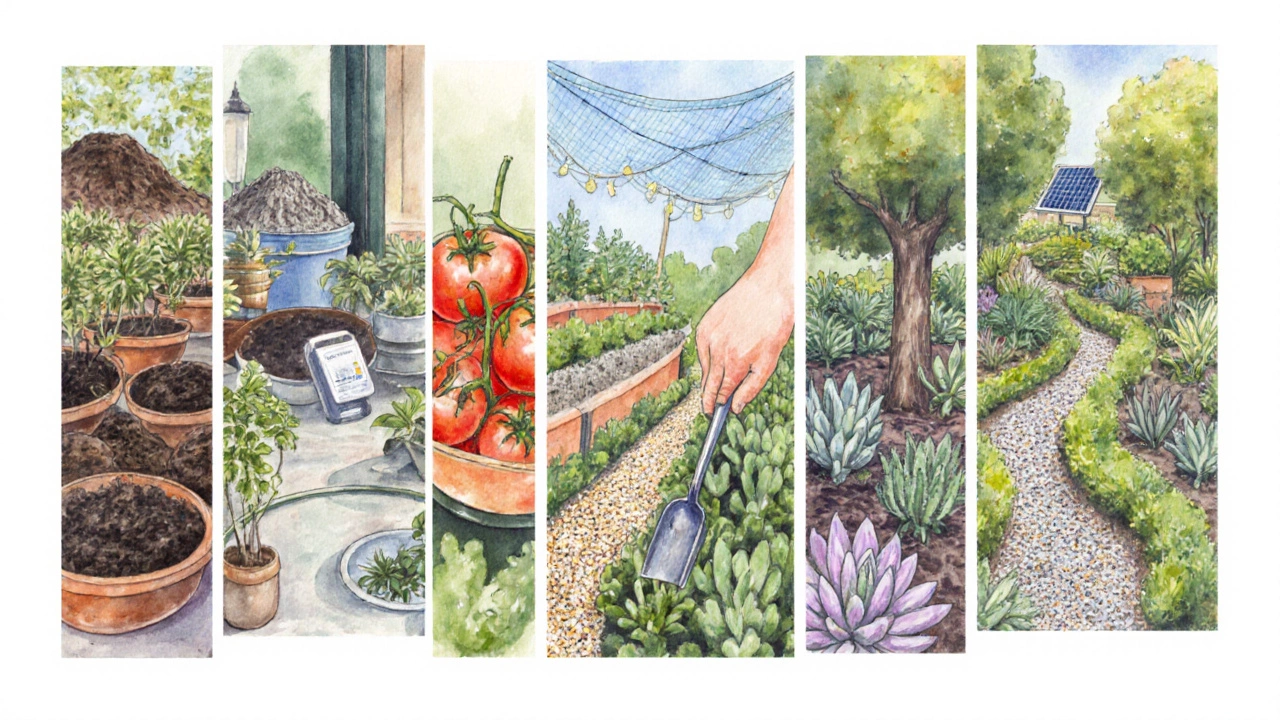
When to Use Each Term
Choosing the right label depends on what you want to highlight. If you’re writing a blog post about reducing water bills, Xeriscaping instantly tells readers the focus. When you’re pitching a community garden grant that emphasizes soil health, Regenerative gardening carries more weight. For a casual social media caption about a balcony herb pot, Eco‑friendly gardening feels friendly and approachable.
Practical Tips for Going Green in Any Garden
- Start with a soil test. Knowing pH and organic matter levels lets you target amendments without over‑feeding.
- Harvest rainwater in barrels or cisterns. Even a small 200‑liter barrel can replace dozens of hose‑run minutes each week.
- Mulch with straw, wood chips, or shredded leaves. A 5‑cm layer cuts evaporation by up to 30% and suppresses weeds.
- Rotate crops or use companion planting. This reduces pest pressure and keeps nutrients balanced.
- Make a simple compost bin from a wooden pallet. Turn it every few weeks and you’ll have nutrient‑rich humus within 4-6 months.
These steps work whether you call your effort sustainable, regenerative, or eco‑friendly. The core idea is the same: let nature do more of the hard work.
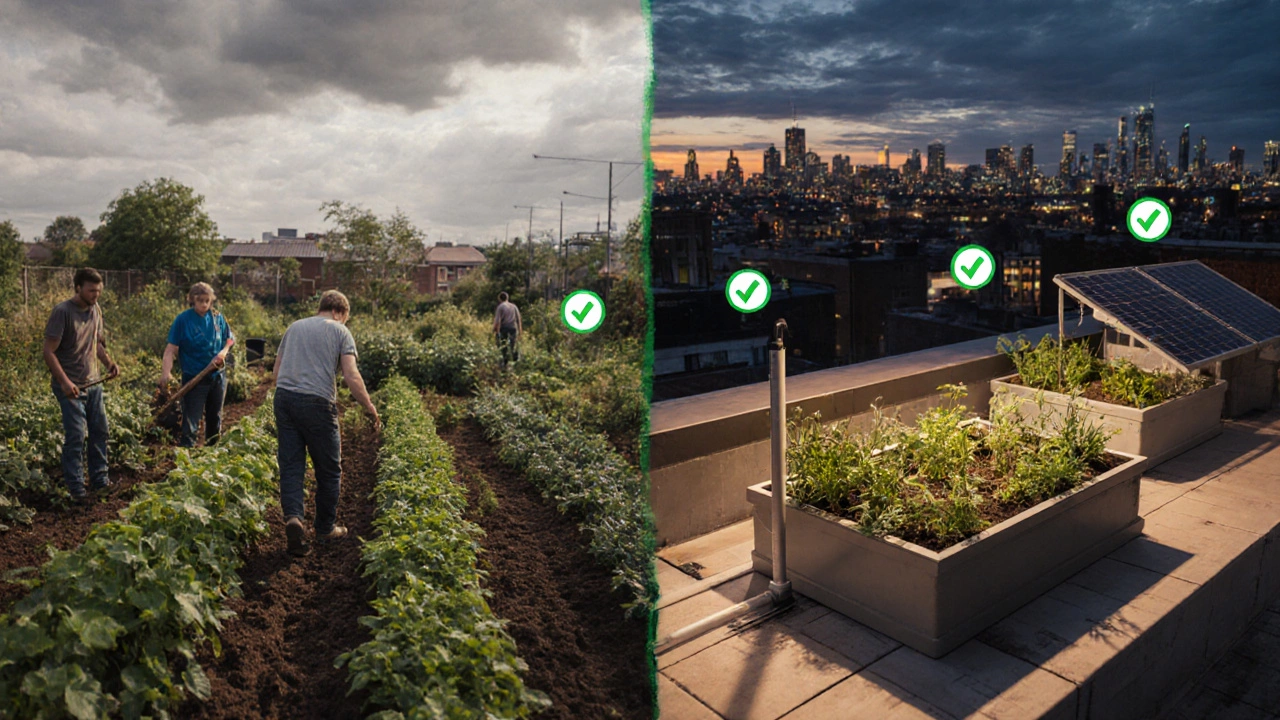
Real‑World Examples from Brighton and Beyond
In Brighton, theBrighton & Hove City Council runs a Community Food Growing Scheme. Volunteers label the plots as “Regenerative Gardens” because they use cover crops, worm farms, and native pollinator strips. The results? Soil organic matter rose from 2% to 5% in two years, and yield per square meter increased by 40%.
Another case is a rooftop garden on a downtown office building in Manchester. The designer marketed it as an “Eco‑friendly garden” and chose lightweight containers made from recycled plastic, a solar‑powered drip system, and a mix of Mediterranean herbs that thrive on minimal water. The building’s water bill dropped by 25% after the first summer.
Both stories illustrate that the name you pick doesn’t change the positive impact-it just frames the narrative for the right audience.
Quick Checklist for a Greener Garden
- ✔️ Test soil and record baseline data.
- ✔️ Install rainwater capture or reuse greywater where legal.
- ✔️ Choose at least one native or drought‑tolerant plant.
- ✔️ Add organic mulch to every bed.
- ✔️ Set up a compost system for kitchen waste.
- ✔️ Reduce synthetic chemicals; opt for organic or mechanical controls.
- ✔️ Monitor water use and adjust irrigation schedules monthly.
Tick these boxes and you’ll be able to claim any of the alternative labels with confidence.
Frequently Asked Questions
Is “eco‑friendly gardening” the same as “organic gardening”?
Not exactly. Eco‑friendly gardening focuses on low‑impact tools and materials, while organic gardening specifically avoids synthetic fertilizers and pesticides. Many gardens are both, but the two terms highlight different priorities.
Can a small balcony garden be called “regenerative”?
Yes, if you use practices like composting, cover cropping in containers, and soil amendment with biochar. Regenerative is about restoring health, not about the size of the space.
What’s the biggest benefit of calling my garden “climate‑smart”?
The label signals that you’ve planned for extreme weather - choosing heat‑tolerant varieties, using drip irrigation, and providing shade. It can help you attract funding or community support in regions dealing with climate change.
Do I need certification to call my garden “organic”?
Official organic certification is usually required for commercial producers. Home gardeners can still label their practice “organic” as long as they follow the principle of avoiding synthetic inputs.
How does “permaculture” differ from “sustainable gardening”?
Permaculture is a design framework that creates self‑sustaining ecosystems, often incorporating food forests, water catchments, and animal integration. Sustainable gardening is broader and may include any practice that reduces environmental impact.
